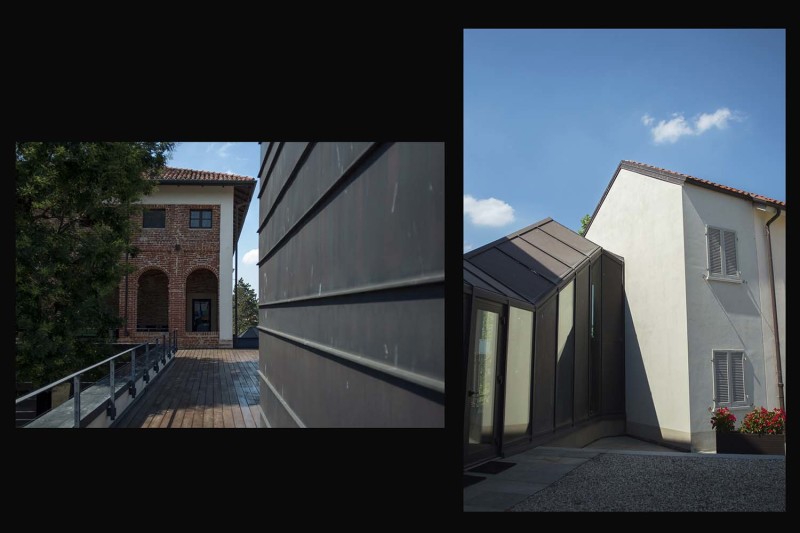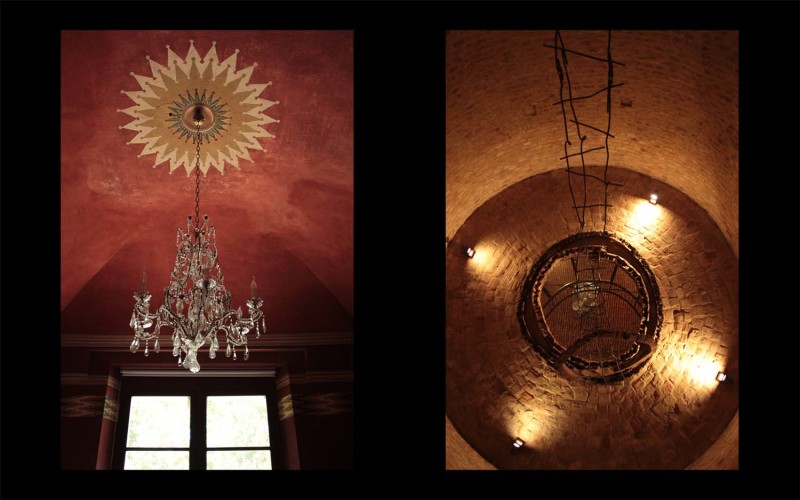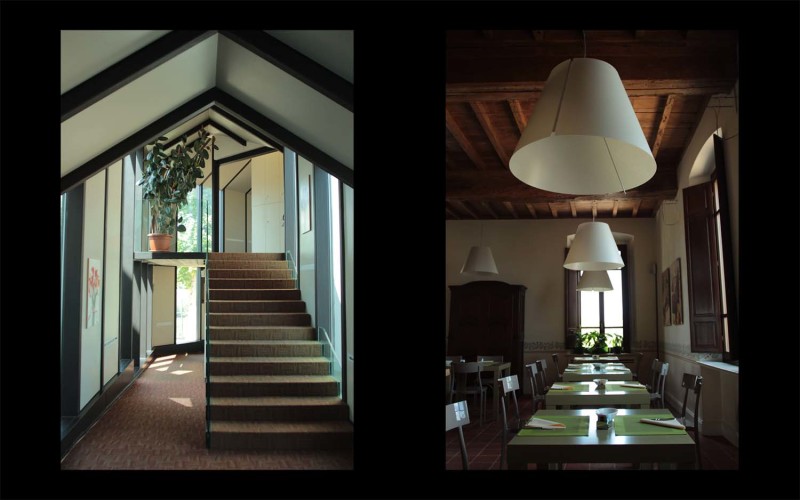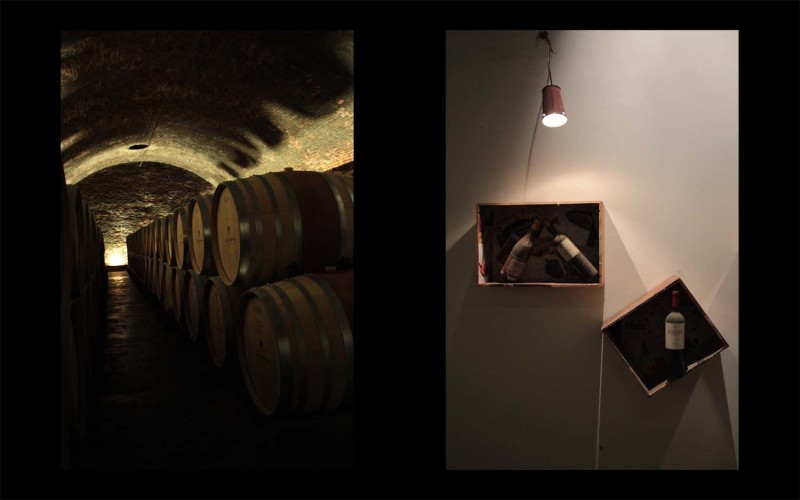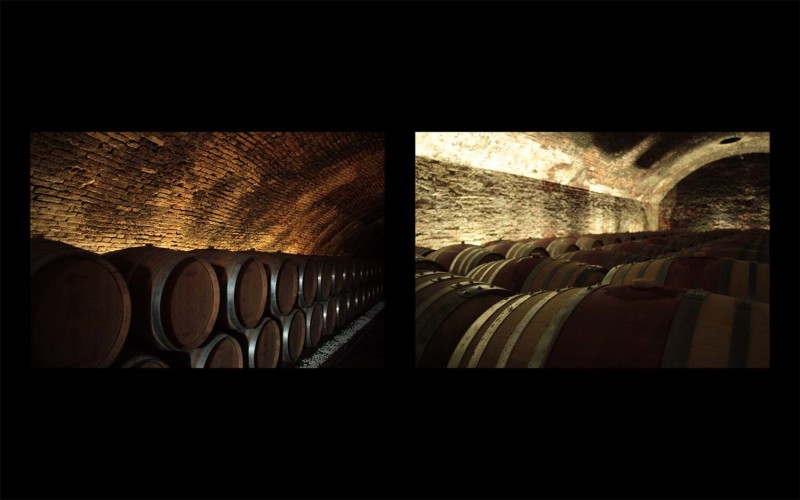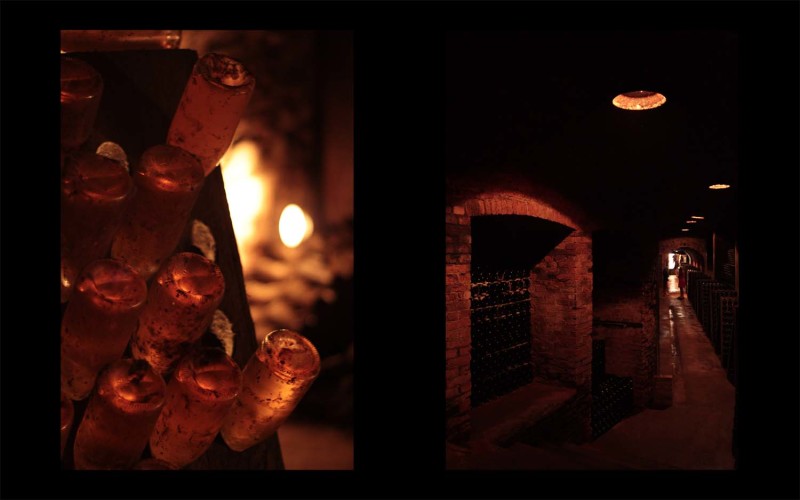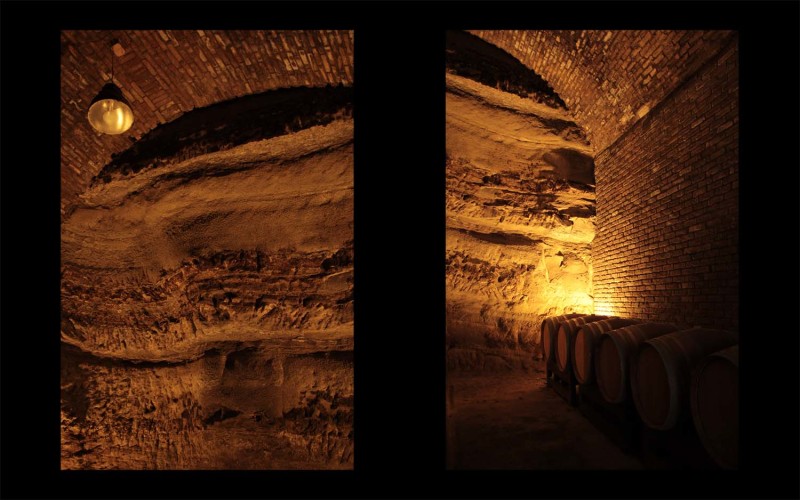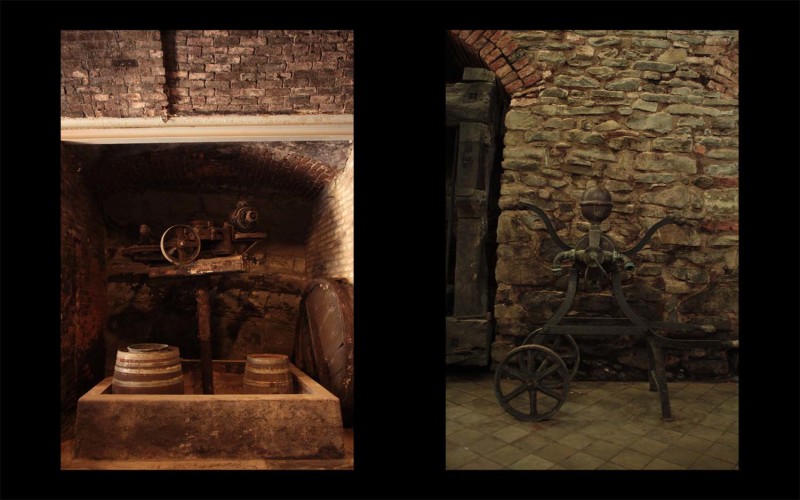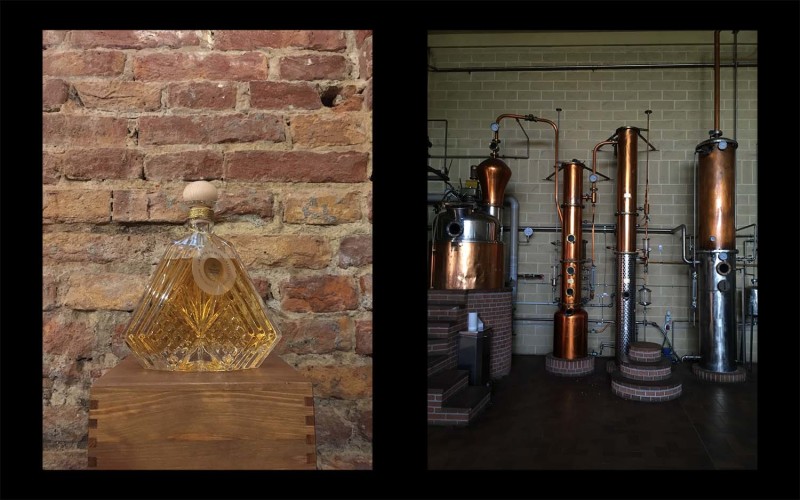In Piedmont, Italy, more precisely in the Monferrato’s district, people are working on connections, conservation and sustainability (consciousness).

Rocca Civalieri has a long story. Built back in 1322, as an agricultural consortium, it was very important for the organization of work in the fields and offered shelter in case of danger (this the Barbarian invasions age and the time of the war between the two famous families from Florence: Guelfi and Ghibellini). In 1500 it changed hands and the Rocca was owned by the De Casati family till the end of the century when, Cristierna of Oldenburg, beloved Lady of Tortona, advocated with her cousin Filippo II King of Spain, in favour of Gian Giacomo Civalieri, which gave the name to the Rocca.
After 615 years, in 1937, the mansion became Belle Arti’s artistic heritage and not long ago, in 2014, all Monferrato’s district has been added to the UNESCO sites list, enhancing the soft landscape that surrounds this little treasure in the North of Italy. In 2005 the restorion began, leaded by Architect Armando Baietto, who worked to the new house, closely with the currentowners, with the idea of maintaining the Rocca beauty, in a project where the new supports the old, and the two blending perfectly.
But it will not end here. In fact, Relais Rocca Civalieri is linked to other establishments, such as Coppo winery, or Mazzetti d’Altavilla distillery, both included in a guided tour. The management is engaged in the creation of connections in the region. A work of aggregation that, nowadays, we are more and more used to see on our phones as apps than applied in the “real” world. This kind of action creates a positive impact, helping the district to grow its connections and promoting its value. The two sites mentioned are a perfect example: both the companies have been run by the same family for centuries, which let them keep, through the years, little production secrets learned by first hand experience, and also improve their management skills. To this day they are concentrating on the quality of the products, with a strong experimental attitude.
The Coppo wineries are under the UNESCO protection too, and they are properly considered an “underground cathedral”, a very fascinating place, where wine slept for centuries, surrounded by wood barrels and high rock faces. Walking under its vaults, while breathing the damp air with a light smell of fermented raisins, what you can clearly see is the care they put in their work. A good example is the way the cellars (that date back to 18929) are preserved. And the result is a wine known all around the world, for its quality and unique taste.
It is a fortune for humanity that a part of the beauties of Italy and its history are still unknown by the public, it’s going to be a it’s future wealth. The three young ladies running Distillery Mazzetti d’Altavilla, few years ago, decided to restore a small church near their building, the only one in the district, with a central plant. During the works, they discovered in the basement an old stone cross (no date on it), that we can see today through a circular glass on the church floor. The ladies are young and when it comes to environmental impact, they want to do things properly. That’s why all the factory is powered by green energy only. Offering guided tours and degustation sessions, they are very happy to show how the products are made and how to enjoy them the most, also working on a new imagine for schnapps, together with food, glasses and artisanal bottles.
